In Leipzig wird der Ausstellungsraum durch gemietete Baustützen und industrieverarbeitete Holzplatten strukturiert. Durch die Begrenzung auf 1qm pro künstlerische Arbeit wird hier die Ressource „Raum“ gleichmäßig unter den Ausstellenden aufgeteilt. 28 Positionen finden auf etwa 40qm Platz – das ungleiche Verhältnis von künstlerischen Arbeiten und Raum zieht hier eine architektonische Überinszenierung von Gerechtigkeit nach sich, welche den Raum reorganisiert und neue Wege und Sichtachsen in ihm definiert.
Gleich urbanen Bäumen lenken die Stützen den Blick der Besucher*innen um die Ecken, in die Höhen und die Nischen der Ausstellung. Die Besucher*in taucht in eine Stadt-Landschaft ein, die sich stellenweise zu einem verstädterten Labyrinth wandelt. Auch Leipzig und insbesondere der Westen der Stadt ist längst im Gentrifizierungsprozess von Wohn-, Stadt- und Kulturraum angekommen – wer wieviel Zugriff auf bestimmte Räume hat, wird hier durch eine Verteilung à la „hart aber fair“ gedacht.
Eine Auffassung von fairness, wie sie hier durchgespielt wird, erfordert in der praktischen Umsetzung eine umso größere Sorge um die einzelnen künstlerischen Arbeiten – eine Kuration (lat. curare „pflegen“, „sich sorgen um“): ein sorgfältiges Ausloten von räumlichen Nachbarschaften der Arbeiten war ebenso Teil des Aufbauprozesses wie das vorangegangene Aufstellen und Montieren von Baustützen und Holzwänden.
Mit der Wahl des Materials vollzieht sich eine ähnlich sorgende Denkbewegung: entgegen einer „Wegwerf-Manier“ im Ausstellungsaufbau wurden die modularen Baustützen ausgeliehen und nach Ausstellungsabbau wieder zurückgegeben. Die unbehandelten Holzplatten werden nach der Ausstellung weiterverwendet. Die Reorganisation des Raumes wird wieder rückgebaut und hinterlässt Spuren auf dem weiterziehenden Material.
___________________________
In collaboration with Lara Hampe und Julia Gerke
The installation consists of rented structural supports and industrially-processed wooden panels that structure the exhibition space inLeipzig. By limiting the space to one squaremeterper artistic work,the resource "space" is divided equally among the exhibitors. Twenty-eight positions are found in a space of approximately 40 squaremetersthe unequal proportion of artistic works and space hereentails an architectural over staging of equity, which reorganizes thespaceand defines new paths and visual lines of sight within it.Like urban trees, the pillars direct the visitor's gaze around corners,up above, and into niches of the exhibition. The visitor is immersedinto an urban landscape that is transformed into a labyrinth. Thewestern part of the city of Leipzig in particular has long been subject to the gentrification process of residential, urban, and culturalspace -the access to certain spaces is conceived through a distri-bution à la "hard but fair" within the exhibition.A conception of fairness being played out here requires, in its practical implementation, an even greater care for the individual artisticworks - a curation (lat. curare "to care for," "to worry about"): a ca-reful sounding out of spatial neighborhoods of works was as mucha part of the construction process as the preceding setting up andmounting of construction supports and wooden walls.A similarly caring thought process takes place regarding the choiceof material: contrary to a "throwaway" manner in exhibition cons-truction, the modular building supports were borrowed and returned after the exhibition dismantling. The untreated wooden panelswill be reused after the exhibition. The reorganization of the spaceis deconstructed again and leaves traces on the material that continues to move on.



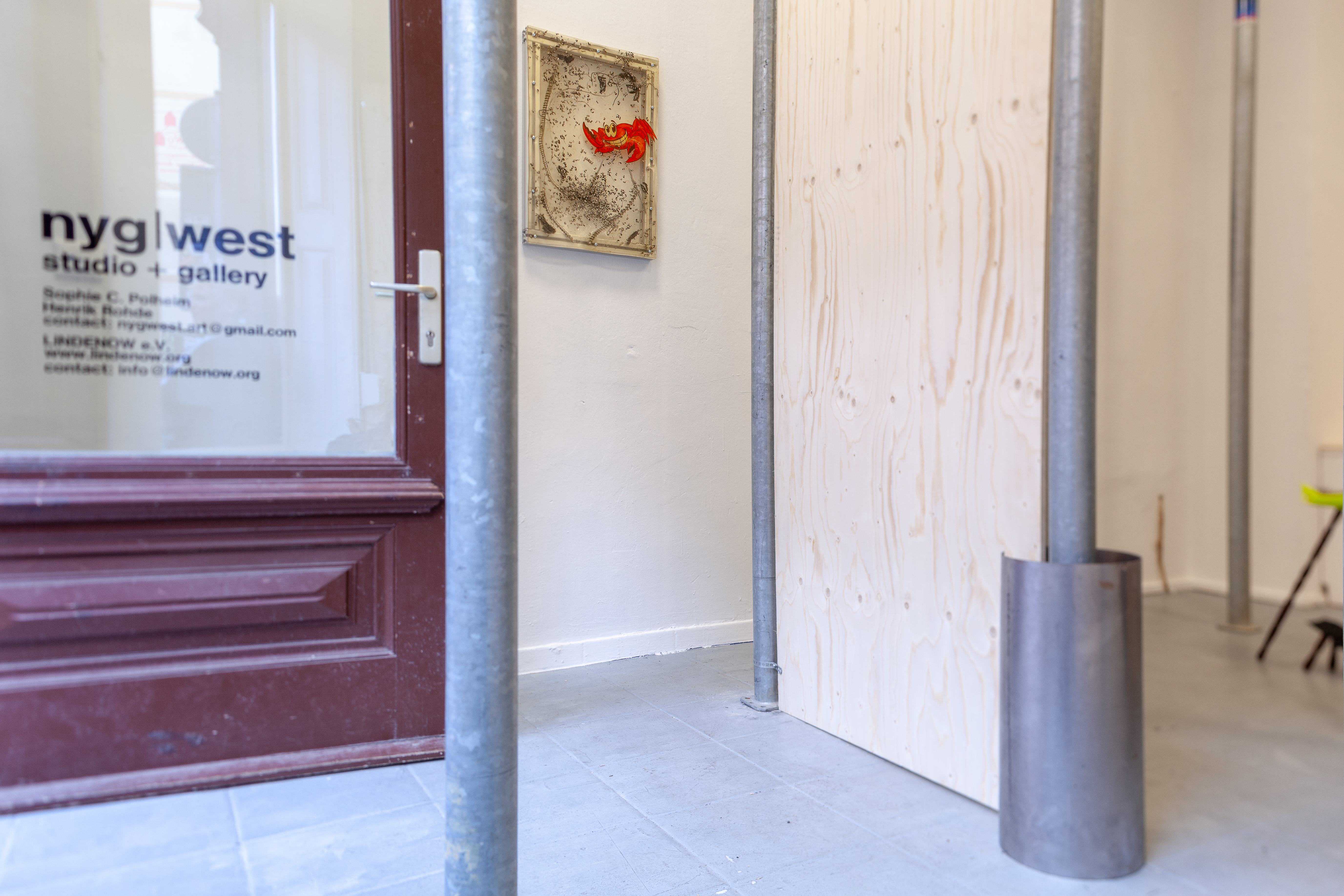
Simulated Scentuals Scentuals 2021
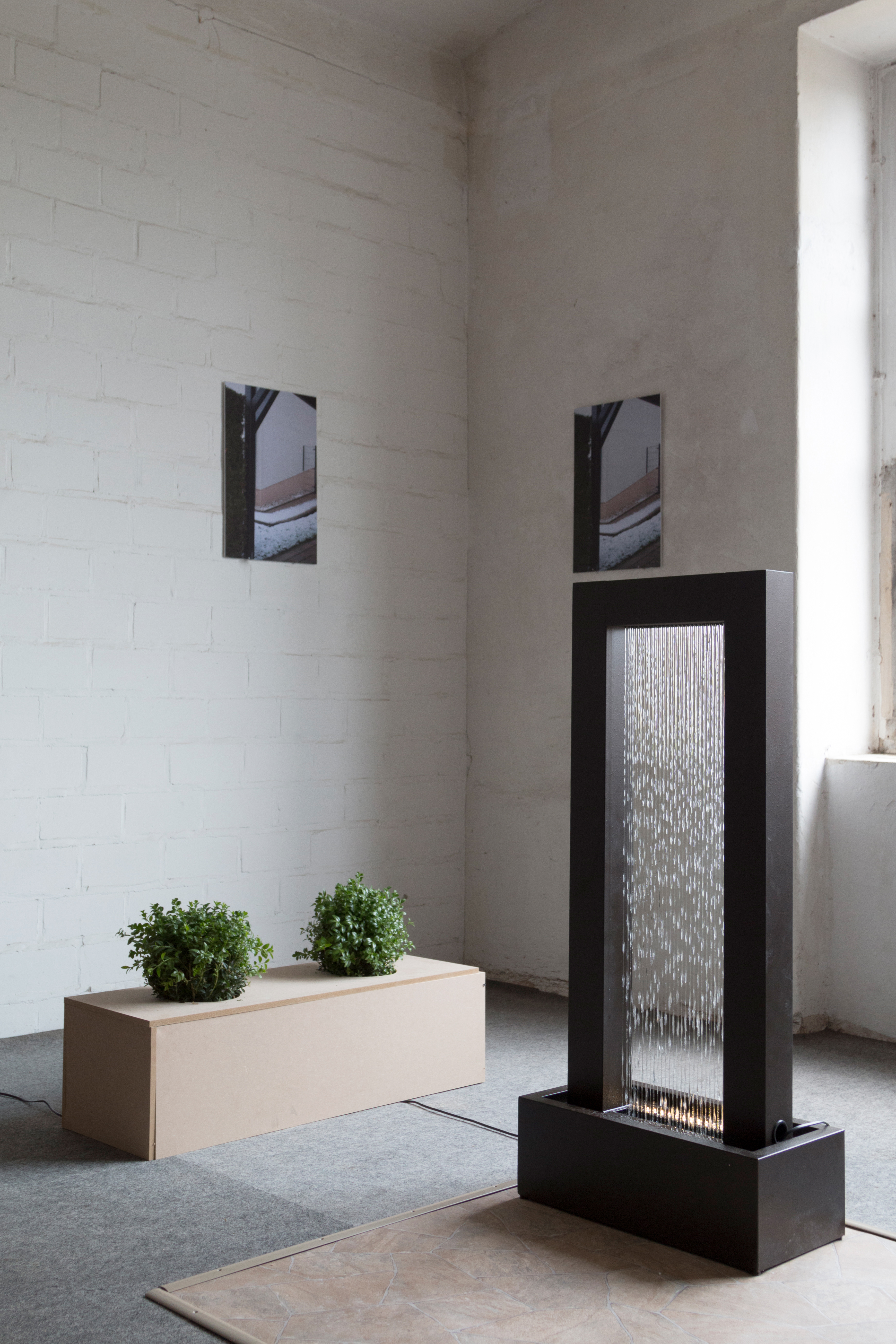

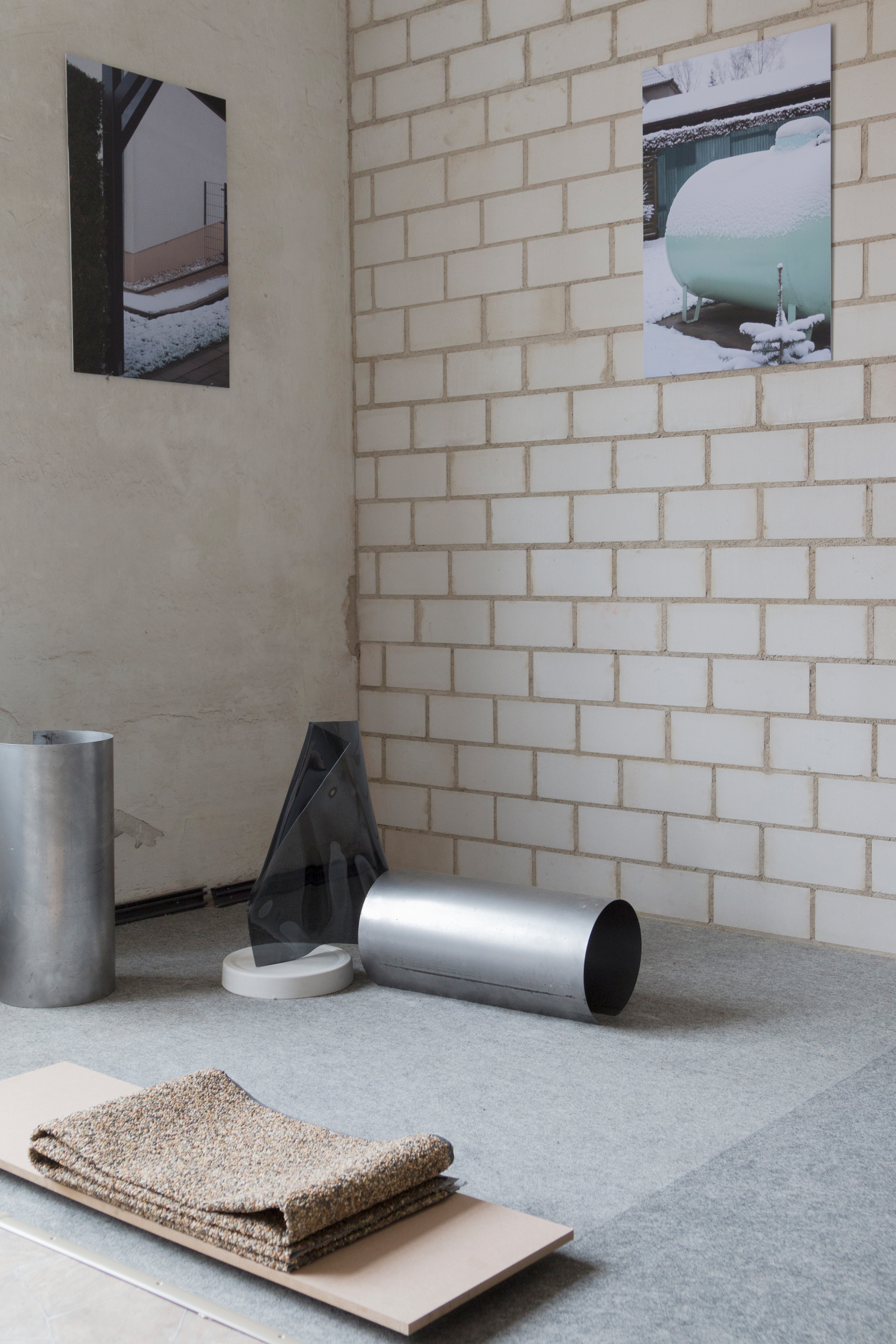


Der glatte und der eingekerbte Raum 2021




Strukturelle Eigenart 2021




Postnaturalism 2021
currently shown:
museumfuernatukun.de
Is part of the DAAD funded post documenta project.
The exhibition project:
The space of the natural history museum shows in different ways the forms of survival and adaptation in the animal, plant and human world, which often decide over life and death. Institutions such as museums, galleries and actors in the art world are also forced to deal with the current crisis and its effects: They expand their offers to the virtual space of experience. The resulting short-term oversupply of digital artefacts seems to overlay the already endangered enjoyment of art even more. It is now becoming more obvious how these institutions and their producers, namely the artists, seem to submit to the exploitation strategies of fewer online companies. Regarding this, with this project we are questioning how a "digital Institutional Critique" can be formulated.
My work Postnaturalism is dealing with the human being as the ultimate source of value? A scene describing a postmodern access to nature and an outlook to the anthropocentric way of ruling the world. A confrontation with ethical approaches.
An experience in a safe environment, close to nature. - enjoy!
You find yourself in a space designed for pleasure, but not being pleasant. You can’t exit the room you are in but you are also not invited to lay down and enjoy the Spa treatments. Crabs and toads, customized to the glossy Spa appearance, crawling towards you obtrusively telling you about the best spa offers. You got yourself into an unsatisfying situation - how does it make you feel?
currently shown:
museumfuernatukun.de
Is part of the DAAD funded post documenta project.
The exhibition project:
The space of the natural history museum shows in different ways the forms of survival and adaptation in the animal, plant and human world, which often decide over life and death. Institutions such as museums, galleries and actors in the art world are also forced to deal with the current crisis and its effects: They expand their offers to the virtual space of experience. The resulting short-term oversupply of digital artefacts seems to overlay the already endangered enjoyment of art even more. It is now becoming more obvious how these institutions and their producers, namely the artists, seem to submit to the exploitation strategies of fewer online companies. Regarding this, with this project we are questioning how a "digital Institutional Critique" can be formulated.
My work Postnaturalism is dealing with the human being as the ultimate source of value? A scene describing a postmodern access to nature and an outlook to the anthropocentric way of ruling the world. A confrontation with ethical approaches.
An experience in a safe environment, close to nature. - enjoy!
You find yourself in a space designed for pleasure, but not being pleasant. You can’t exit the room you are in but you are also not invited to lay down and enjoy the Spa treatments. Crabs and toads, customized to the glossy Spa appearance, crawling towards you obtrusively telling you about the best spa offers. You got yourself into an unsatisfying situation - how does it make you feel?
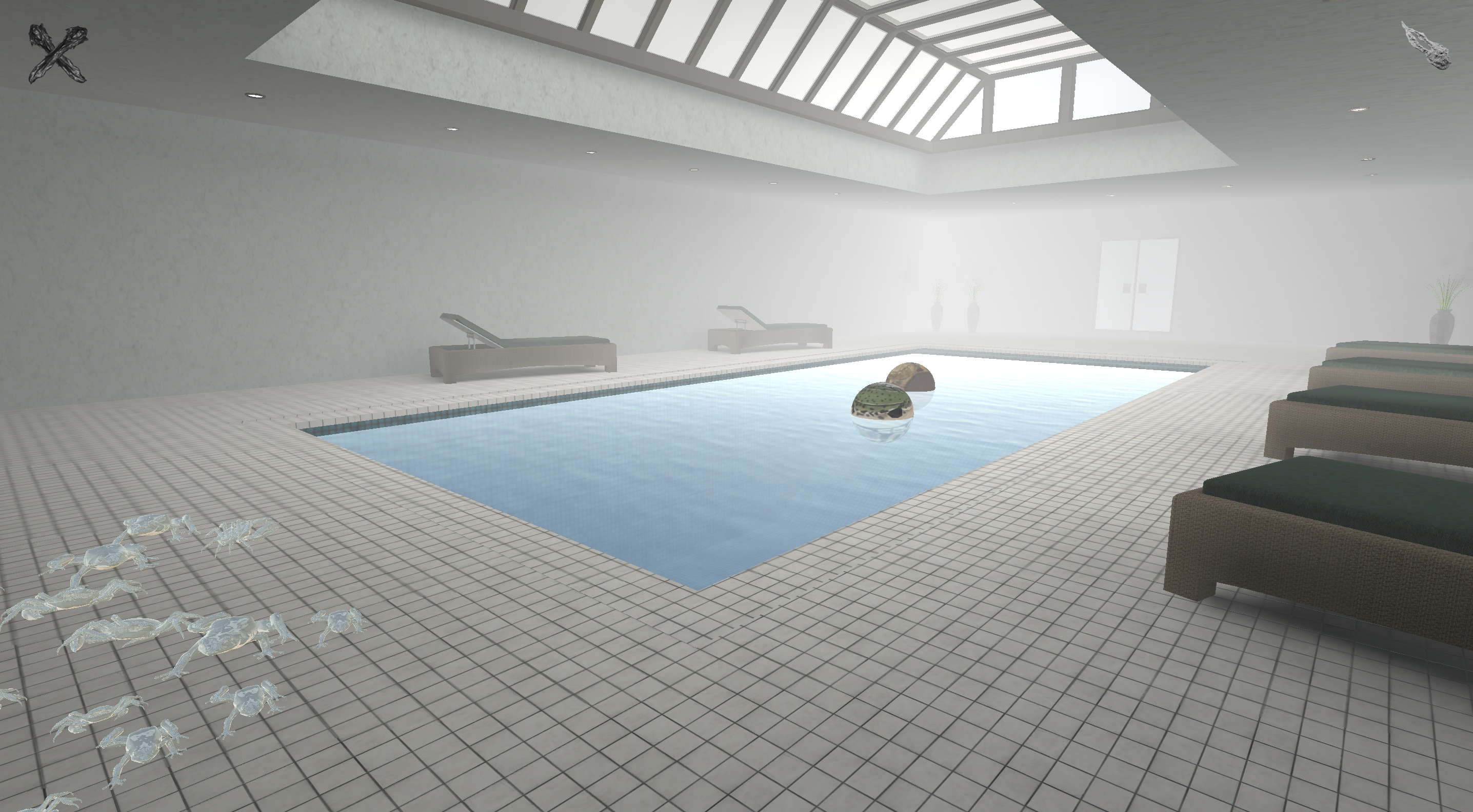



Let’s play 2021

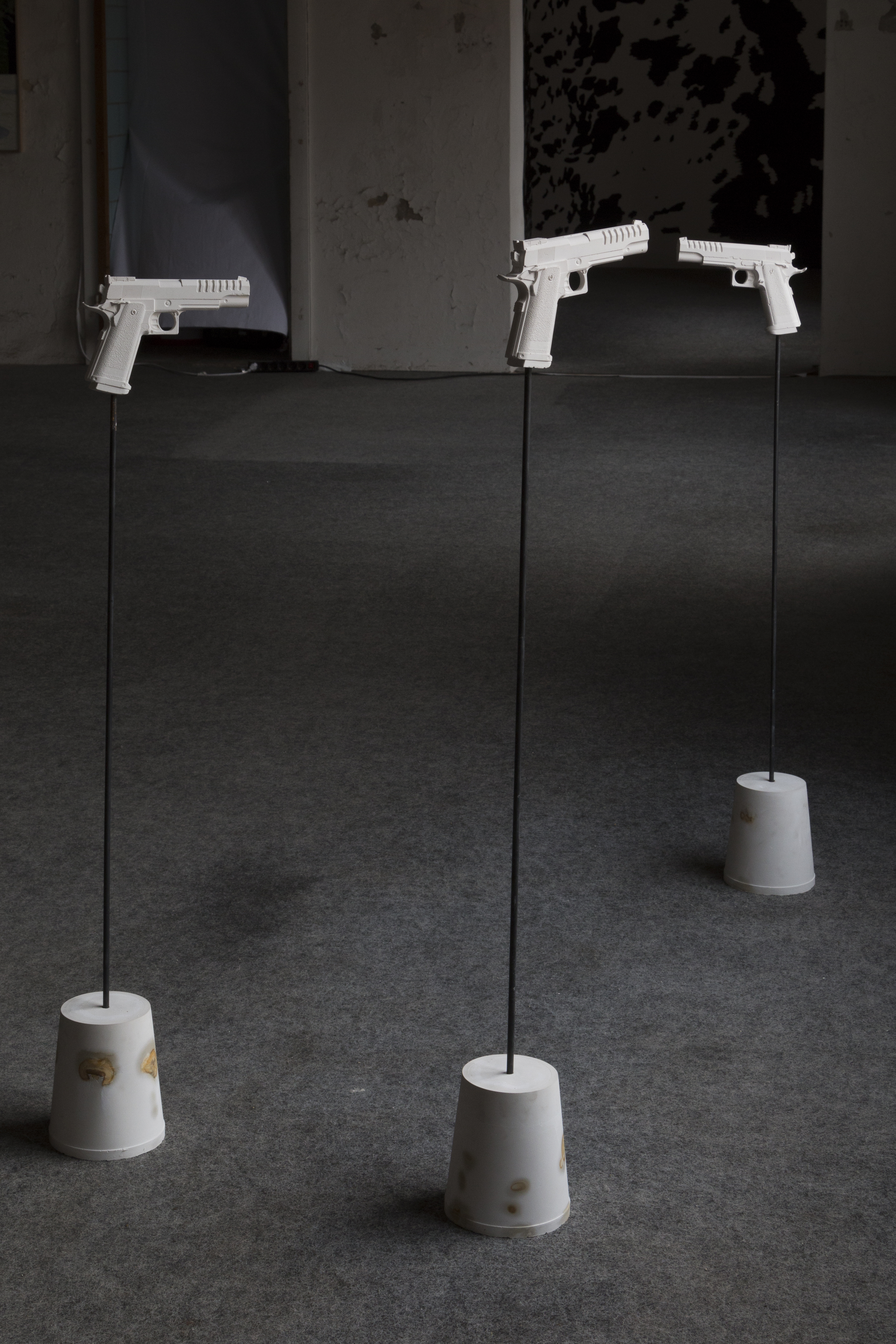

Think of a game manual 2021